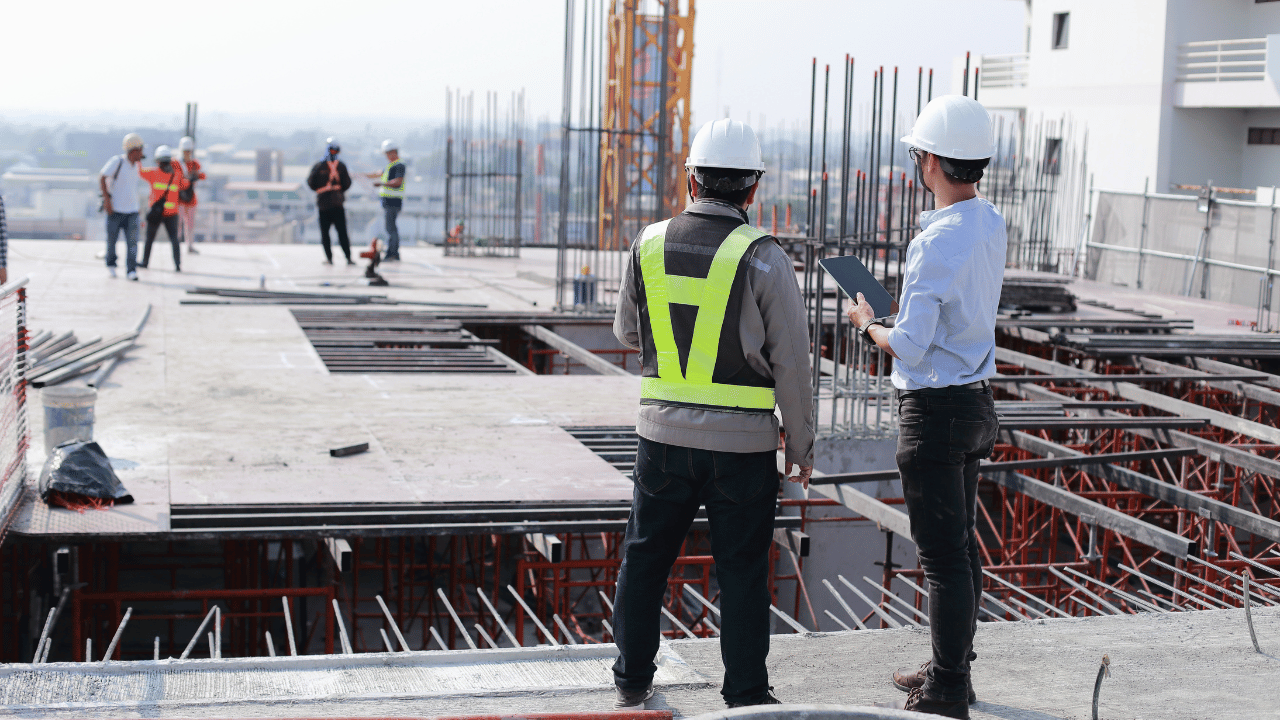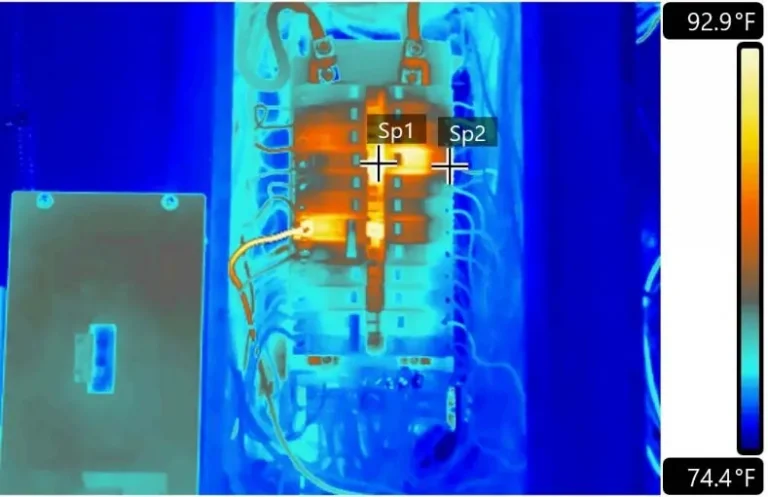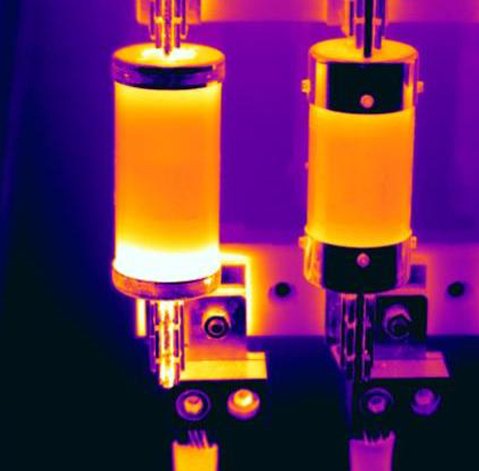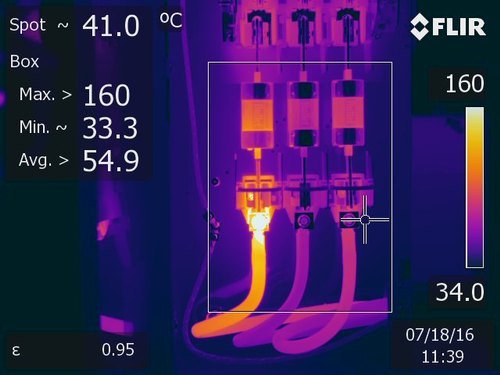
When and Why Should You Go For An Infrared Thermography Inspection
John Souffront

An infrared thermography inspection has become a quintessential feature of home inspections, so much so that it’s even required by law.
Why is that so, you may ask?
As you know, a regular house structural inspection is something you need to conduct as a property owner or building association member.
In fact, the state of Florida legally requires you to conduct a 25/35 or 30/40 year structural inspection, depending on the location of your building. That’s because a structural engineer inspection not only determines the current state of your building but also recommends remedies to fix structural flaws.
However, building structure inspections can be time-consuming and, at times, involve wear and tear for a full-proof structural assessment. And that’s precisely where an infrared thermal inspection comes in handy, making the entire process quick and smooth.
You see, a milestone structural inspection is simply incomplete without an infrared thermographer since many structural components need infrared analysis. And it is for this reason that Miami-Dade county has proposed to make a Level II infrared thermography inspection mandatory.
There’s much more to infrared thermography and why you need to go for one. But before we go through it, let’s have a look at the basics of infrared thermography inspection through some FAQs.
Infrared Thermography Inspection: FAQs
#1. What is an infrared thermography inspection?
Infrared thermography is a method of building inspection wherein a thermographer uses thermal imaging devices and equipment to detect problems in your home.
Since different structures emit different infrared energy levels, thermography inspections take advantage of these variations to detect structural faults.
You might wonder how this works.
Unlike regular light that is visible to us, infrared light is invisible due to its long wavelength. So thermographers use infrared cameras for detecting infrared thermal emissions, which are displayed in the form of color gradients.
And since the temperature differences within your home are visible in different color forms, it helps inspectors spot structural defects.
Sounds interesting, doesn’t it?
#2. How does infrared thermography come in handy?
When it comes to residential or commercial building inspections, infrared thermography can cover a huge area in little time.
Also, infrared inspections are a non-invasive method for building structural assessments, meaning they don’t involve wear and tear. So you can rest assured of a safe home structural engineer inspection, worry-free of post-inspection concrete repair or concrete restoration.
Want more?
Infrared thermography can be used for detecting wall cracks and roof leakages, along with a comprehensive inspection of your home’s electrical, plumbing, and insulation systems.
Further, an infrared thermography inspection allows home inspectors to spot minor problems before they become big and break your bank.
Amazing, right?
#3. What does an infrared thermography inspection reveal?
Infrared building inspections are the best you can find such hidden problems in your home that can’t be detected otherwise.
Wondering what infrared thermography can throw up?
Well, an infrared thermography inspection can detect a host of problems like structural issues, foundational cracks, faulty electrical wiring, etc.
Also, it can reveal moisture hidden within your home’s structure, which can be the source of roof leaks, mold, etc.
And as we explained in our previous blog, infrared inspections can save you up to $11,000 in building repairs. That’s because it detects problems much before they get bigger and become a headache for you.
You see, leaving these problems unaddressed will only cost you big in the future in terms of large-scale repair and restoration.
Infrared Thermography Inspection: When And Why To Go For It
#1. When buying a home
An infrared thermography inspection can help you get the best deal when buying your new home.
How?
When you’re planning on buying a home, it is a common practice to get a thorough foundation and structural engineer inspection, among others.
No matter whether it’s a century-old house or a month-old home, a detailed inspection report is a prerequisite. That’s because it lets you know the overall condition of the property you are interested in buying.
And there’s no better way of getting to know the hidden details of the property you’re paying so dearly for than infrared thermography.
In so far as an older house is concerned, you can learn what problems may have developed over the years.
The property might have defects in its structure, foundation, roofing, electrical system, etc. And in that case, you can ask the owner to fix them, or you can negotiate a cheaper rate.
If the inspection reveals deeper problems that can trouble you in the future, it’s better to walk away from the deal.
For a newly constructed home, an infrared thermography inspection can tell you its build quality and compliance with safety norms.
You see, a property can be attractive and aesthetically pleasing on the outside, but you never know what’s lurking inside. It is possible that the house or building has shoddy construction with poor quality building materials.
So a thermography inspection is the best way you can double check on quality and safety before buying a home.
And here’s the icing on the cake:
Insurance companies are most likely to charge a lower monthly premium for your home showing positive results in the inspection report.
Awesome, isn’t it?
#2. When selling your home
Many counties and municipalities require you, by law, to get a complete home inspection before you sell your home. In fact, you even need to show the inspection report to your prospective buyers without hiding any facts or findings.
So with an infrared thermography inspection, you can fulfill this legal requirement more easily and efficiently. Also, since infrared inspections are the gold standard of home assessments, the inspection report will generate more interest in your property among home buyers.
And in case the inspection flags certain concerns, you’ll have enough time to address them before the buyers find out.
There’s more to the story.
Even if your local laws don’t necessitate an inspection, it’s better to get a thermography inspection and attach the report with your listing. That’s because an inspection report indicating sound foundational, structural, electrical systems, etc., will make prospects keen on buying your property.
As such, your home will attract more prospective buyers, and you’ll stand a good chance of negotiating a favorable deal.
There you have it, a hassle-free way to increase your property’s value and sell it more quickly.
#3. An infrared thermography inspection during 30/40 year recertification
As you might be aware, Miami-Dade county is all set to change its 40 year recertification scheme.
The new rules have proposed a 30/40 year inspection program with a slew of changes to the inspection methods. And for the first time, the recertification rules have made a Level II infrared thermography inspection mandatory for certain buildings.
For instance, if you have electrical systems operating at 400 amps or more, you need to get a thermography inspection at the time of building recertification. That’s because heavy electrical systems will likely develop problems leading to short circuits and electrical fires if not maintained.
The best way to detect these problems early on and prevent larger catastrophes is through an infrared thermal inspection.
But why exactly do you need a Level II infrared thermographer for the job?
You see, a Level II infrared thermographer has the required experience and expertise to detect flaws in your electrical components. Also, a certified infrared thermographer can offer you the best professional suggestions to address electrical problems in your building.
#4. Thermography inspection during routine home maintenance
Your home’s structure, including the foundation walls, roof, etc., are all prone to wear and tear over a time period. So it makes sense to conduct routine maintenance from the inside out and make sure your home is in good shape.
And the only way you can know what needs to be maintained or fixed is through a comprehensive home inspection.
However, there are chances that maintenance companies will try to dupe you by finding problems with everything in your home.
You don’t want to spend money on repairing and replacing things that are in good condition. Do you?
Also, traditional home inspection methods are highly inefficient since they take a lot of time and manual effort. Not to forget the unnecessary damages that invasive inspection methods can cause in the form of wear and tear.
There’s a good chance that some undocumented or unreported problems will continue to exist even after the manual inspection.
An infrared thermography inspection, on the other hand, will let you know the exact extent of problems in your home. And since a thermography inspection is quick and cost-effective, you spend far less on inspection.
In fact, a precise knowledge of repair needs in your home means you’ll only fix what actually needs maintenance.
There it is, the best way to figure out your home’s maintenance needs.
Wrapping it up
As you can see, an infrared thermography inspection is necessary for everything home inspection.
There was a time when building inspections were inefficient and also erroneous at times. But, with infrared technology and abled thermographers readily available, it doesn’t need to be so anymore.
You may think that the application of infrared thermography inspection is limited to structural, electrical, or home foundation inspection. But, you’ll be surprised to know that there’s much more to it.
For instance, infrared thermographic inspections can tell you the present state of your home’s insulation systems. So you can fix your insulation if needed and have an optimum indoor ambient temperature.
You see, visual inspections simply can’t detect the problems with home insulation which can increase the drag on your HVACs. As a result, you can expect higher energy bills and less than desirable heating or cooling in your indoor space.
Similarly, you can use an infrared thermography camera to assess the plumbing system in your home.
Since the water pipes are installed inside the walls of your home, you only get to know about plumbing problems after noticing leakages.
It is also possible that the pipes have been leaking for a long time, damaging your home’s inner structure. And that can be disastrous if not addressed timely.
Unlike manual plumbing inspection, which involves tearing off parts of your home’s inner structure, an infrared thermal inspection is non-destructive. And it will tell you where exactly the problem lies much before it becomes troublesome.
So we cannot overstate the importance of infrared thermography inspections for safe housing.
If you are looking for an infrared inspection in your home, you can reach out to us. We are a general contracting company with highly seasoned Level II infrared thermographers ready to assist you.
John Souffront
John Souffront is a seasoned leader in the construction and engineering industry, with over a decade of experience at the helm of Souffront Construction & Engineering. Known for his unwavering commitment to excellence and innovation, John has propelled his firm to the forefront of the field, delivering cutting-edge solutions for complex projects around the country.
Build Your Project
Ensure safety and compliance on your construction site with our experienced team. Call us today.
Contact Us




